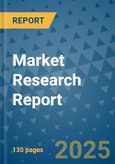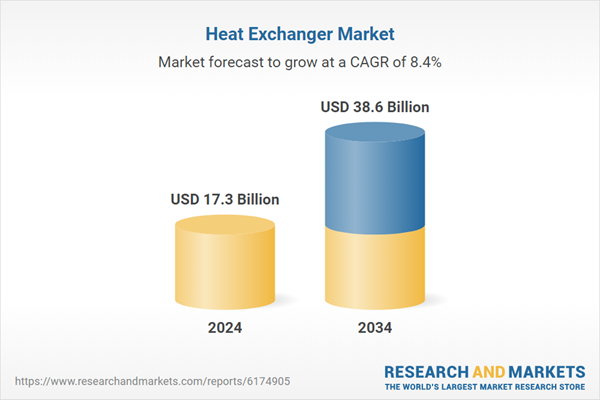The increasing investment in heavy industrial operations and the growing need for efficient heating and cooling in building infrastructures are shaping the market landscape. Heat exchangers are vital for transferring heat between multiple fluids, which enhances energy efficiency and helps reduce costs across a variety of sectors. The rising emphasis on energy optimization, along with continuous development of industrial and commercial infrastructure, is accelerating the demand for more advanced heat exchange technologies. These devices hold a critical role across several industries, including chemical, petrochemical, oil and gas, power generation, and HVAC. The growing focus on sustainability and regulatory compliance is pushing manufacturers to innovate, offering improved durability, performance, and adaptability to diverse environments. Additionally, increased research and development investments aimed at enhancing product reliability and catering to varied applications are further driving market expansion.
The shell & tube segment held a 37% share in 2024 and is expected to grow at an 8.3% CAGR through 2034. This growth is fueled by rising demand across industries such as chemicals, oil and gas, and food and beverages, coupled with an increasing focus on energy efficiency. Expanding manufacturing activities and industrial projects, as well as the growing importance of specialty chemical processes, continue to shape the market dynamics positively.
The chemical industry segment held a 23.6% share in 2024 and is anticipated to grow at a CAGR of 9.2% from 2025 to 2034. The surge in demand for chemical products, combined with an emphasis on energy conservation and sustainability, is driving the adoption of cutting-edge heat exchanger solutions in the sector. Furthermore, strict safety regulations alongside the integration of digital technologies such as sensors and data analytics enhance real-time monitoring, predictive maintenance, and operational control within customized chemical facilities.
U.S. Heat Exchanger Market held 83.8% share and generated USD 2.7 billion in 2024. The country’s strong industrial base is embracing energy-efficient heating and cooling solutions, propelled by ambitious net-zero emission targets, stringent environmental regulations, infrastructure modernization, and technological advancements in heat exchanger systems. These factors are collectively propelling the market forward.
Key players in the Heat Exchanger Market include Nexson, API Heat Transfer, Accessen Group, HRS Heat Exchangers, SWEP International, Danfoss, Bronswerk, Alfa Laval, Kelvion Holding, Koch Heat Transfer, Euro-Apex, Thermowave, Funke Warmeaustauscher Apparatebau, Thermofin, Wessels Company, Mersen, Hisaka Works, and Xylem. Companies in the heat exchanger market focus on innovation and sustainability to solidify their market presence. They invest heavily in research and development to improve energy efficiency, product durability, and customization capabilities tailored to specific industry needs. Collaborations with industrial partners create advanced solutions that meet evolving regulatory standards and environmental goals. Firms also prioritize expanding their global footprint through strategic partnerships, acquisitions, and localized manufacturing to serve regional markets.
Comprehensive Market Analysis and Forecast
- Industry trends, key growth drivers, challenges, future opportunities, and regulatory landscape
- Competitive landscape with Porter’s Five Forces and PESTEL analysis
- Market size, segmentation, and regional forecasts
- In-depth company profiles, business strategies, financial insights, and SWOT analysis
This product will be delivered within 2-4 business days.
Table of Contents
Companies Mentioned
The key companies profiled in this Heat Exchanger market report include:- Accessen Group
- Alfa Laval
- AMI Exchangers
- API Heat Transfer
- Bronswerk
- Danfoss
- Euro-Apex
- Funke Warmeaustauscher Apparatebau
- Hisaka Works
- HRS Heat Exchangers
- Kelvion Holding
- Koch Heat Transfer
- Mersen
- Nexson
- SPX Flow
- SWEP International
- Thermofin
- Thermowave
- Wessels Company
- Xylem
Table Information
| Report Attribute | Details |
|---|---|
| No. of Pages | 135 |
| Published | September 2025 |
| Forecast Period | 2024 - 2034 |
| Estimated Market Value ( USD | $ 17.3 Billion |
| Forecasted Market Value ( USD | $ 38.6 Billion |
| Compound Annual Growth Rate | 8.4% |
| Regions Covered | Global |
| No. of Companies Mentioned | 21 |









